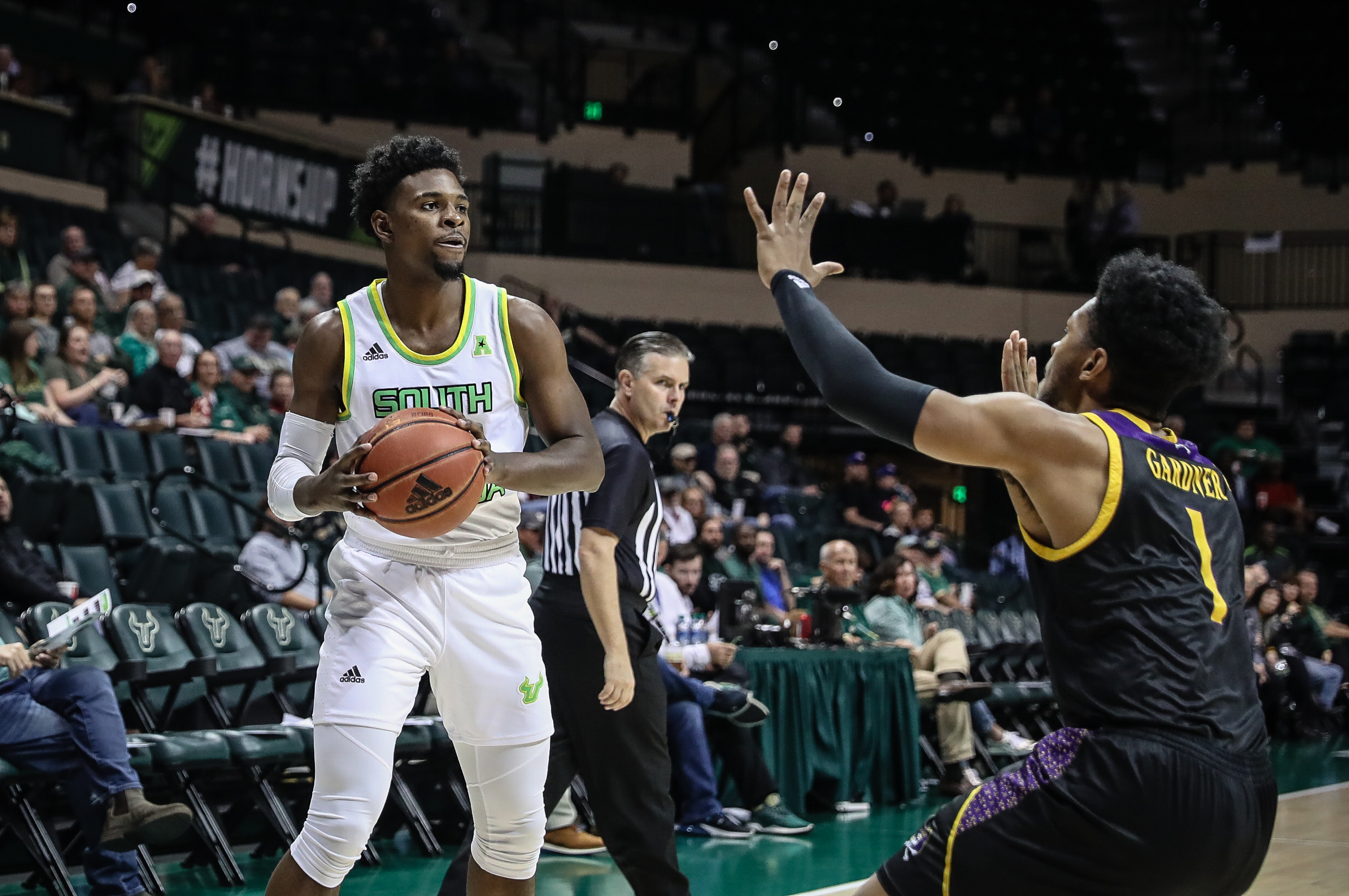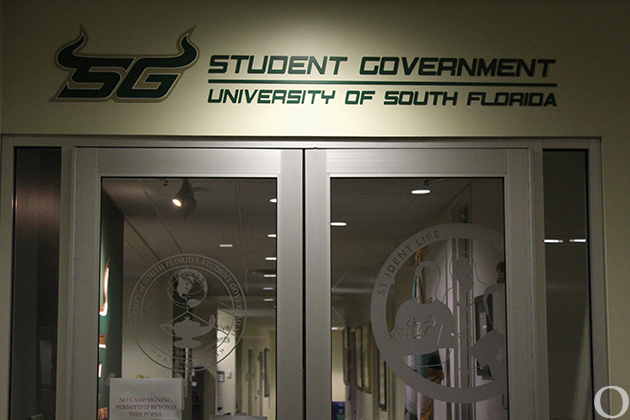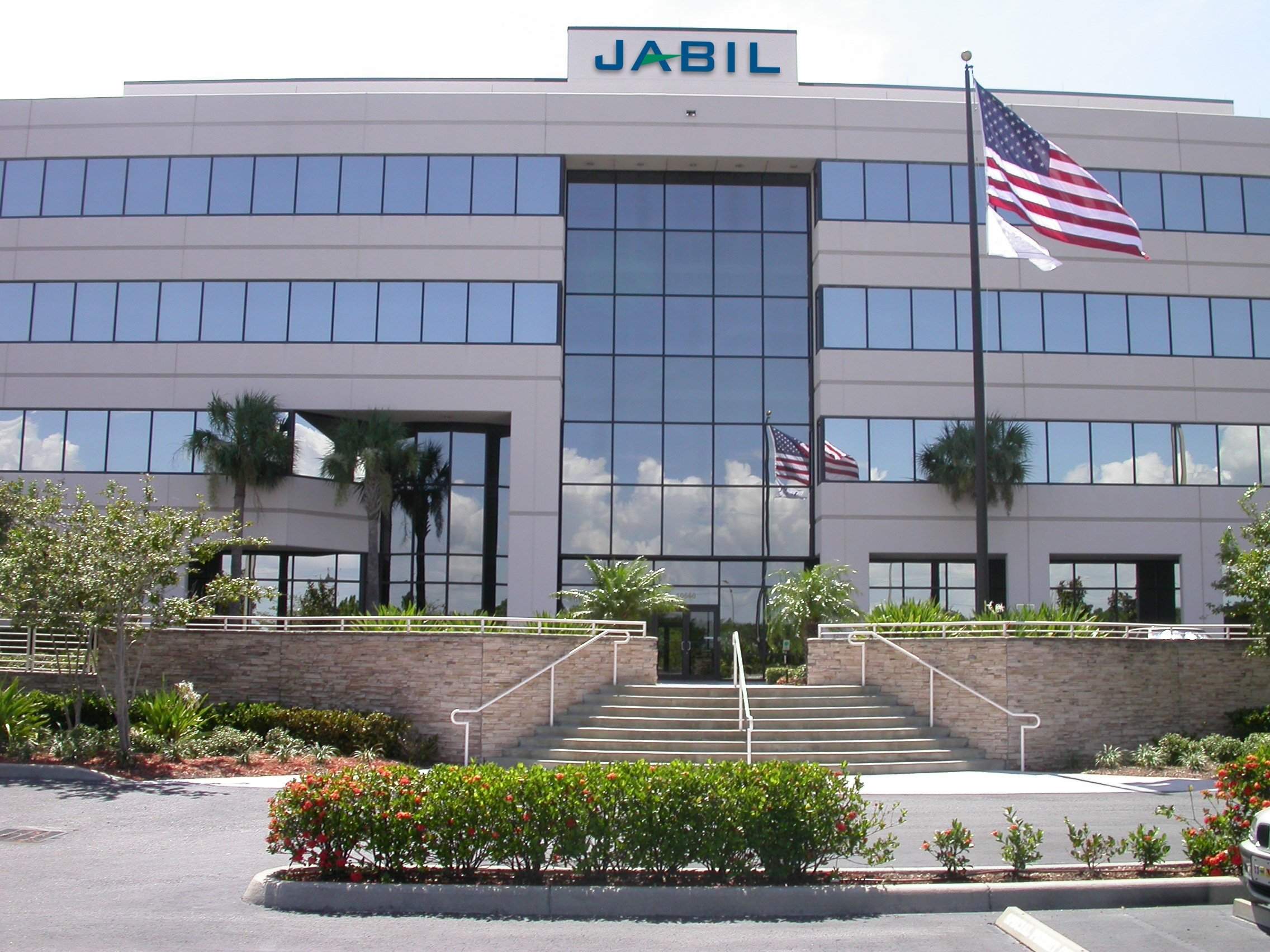Harlan has heavy workload as summer approaches
With the competitive season coming to an end, USF Athletics seemingly enters a down period as summer approaches. At least that’s what one would think.
But it couldn’t be farther from the truth for USF’s new Athletic Director Mark Harlan, whose job will be nearing its peak.
With fall being host to revenue-producing sports such as football and men’s basketball, and USF coming off abysmal seasons in both, Harlan will have a heavy workload ahead and will be responsible for gaining interest in the sports before the seasons start.
Though USF is Harlan’s first job as the head of an athletic program, he said it shouldn’t be much different from his time at UCLA when he was the associate athletic director for external affairs.
“I don’t think it will be a lot different from UCLA summers,” Harlan said. “I just have to make sure that I’m everywhere I can possibly be. At UCLA I was making sure the football coach and Athletic Director were everywhere they needed to be in the summer. I want the structure I’m used to running. I’ll be wearing a lot of hats to make sure that structure is put together.”
Harlan was in California with athletic directors from around the nation discussing hot topics, such as unionization in Division I sports, but the discussion he’ll have once he’s in Tampa will be what USF’s promotional tactics in the past have been and what changes need to be made.
Though he couldn’t say what changes will be made, Harlan said that the necessary ones conducive to a winning environment would be made.
That’s going to have to happen quickly considering men’s basketball was at the tail end of the AAC in attendance last season, filling less than half of the Sun Dome on average. In fact, USF basketball in general hasn’t been known for audience turnout for years.
The same holds true for a football team whose attendance has spiraled downward since the days of Jim Leavitt and the Bulls’ stint at No. 2 in the nation. Last season, during USF’s Homecoming game, against a ranked Louisville team led by a Heisman-hopeful quarterback, the actual attendance was a season-low 14,793, as reported by the Tampa Bay Times.
Saying Harlan will need to revive interest is an understatement, but it’s an experience familiar to him. Harlan comes from UCLA where the football team nearly tops the PAC-12 in attendance while the basketball team hovers in the middle.
But it wasn’t always that way. In fact, UCLA was nearing all-time lows in attendance upon Harlan’s arrival as the teams were coming off tough seasons. Harlan said he worked harder on the administrative side and on “selling the product.”
Of course winning doesn’t hurt selling the product. Harlan said he knows winning puts fans in the stands, but that the “experience” is just as important.
“People expect pure fun,” Harlan said. “Parking should be easy, tailgating should be easy and fun, (games should be)
family-oriented and (fans should) have a great experience. How are we utilizing our video? How do we make sure the brand is best presented? All those things are going to be worked on this summer. I’m going to wear my folks out to know every detail from the moment we open the gate until the last person leaves.”
At UCLA, part of the in-game experience for fans was awarding them if they cheered loud enough to make the opposing team jump offsides twice. Harlan said the incentive could be transferable to any sport and correlate to winning – the ultimate goal.
“If (the fans) are there cheering then that helps us win,” he said. “We have to convince them of that.”
But before an experience can be created, fans will have to be at Raymond James Stadium or the Sun Dome to begin with. Harlan has had the chance to attend a few softball and baseball games and said he sees a similar situation in the stands. And those stadiums are on campus.
According to Harlan, a bridge needs to be built between the students and student-athletes. Harlan went as far to say that athletes need to be involved with groups in Student Government, Greek life and more, describing the split between the demographics as “two different camps.”
“Its hard for us to say ‘come support the baseball or tennis players’ if we’re not really involved,” Harlan said. “We need to develop those bridges with our student-athlete leadership.”
While Harlan and USF Athletics as a whole plan to focus on the current students, he won’t be leaving the alumni out of his summer plans.
Questions such as “Is Athletics communicating with alumni? Do they have direct info? Are they aware of when we play? And who they are targeting?” are all questions Harlan said he plans to get an answer for.
In the midst of reviving interests both on and off campus from students and alumni alike, in addition to “fundraising all year round,” the most important thing for Harlan to do – if his summer is to be a success – is to be seen.
“Programs that move the needle have coaches and Athletic Directors out in the public leading the way,” Harlan said.
So as student fans enjoy the summer break while athletes rest and coordinate individual practice sessions to prepare for fall, Harlan said he’ll be hard at work and expects the same from USF Athletics.
All the work, Harlan said, excites him more and more each day – an excitement he’ll hope to see from fans come next season.





